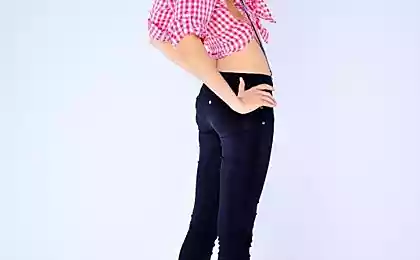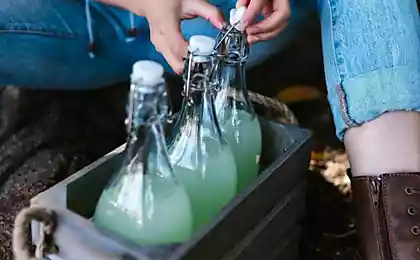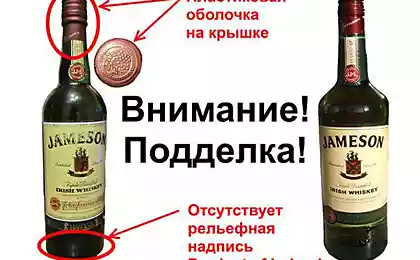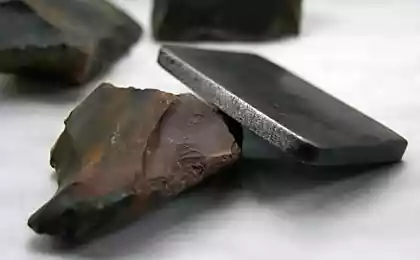186
Favorite mother-in-law showed how to wash 20-liter of plaque and greens without unnecessary fuss
The purity of drinking water directly affects our health. But when we meticulously compare water quality from different suppliers, we rarely think about proper water storage. At the same time, it is easy to guess that even the purest water in a vessel covered with greens will sooner or later turn into harmful and dangerous. Therefore, it is important to know how to wash the bottle from the plaque formed over time.

To do this is not so easy: the usual brush for bottles at best barely reaches the middle of a 20-liter eggbag. In addition, wash the plaque with one water without mechanical action, of course, does not work.

We will not talk about tricky magnetic devices with AliEpress in this article. And we will focus on the simple methods using the simplest and most available materials in every kitchen. In ancient times, they were used by our ancestors to wash jugs with a narrow throat.
Pour water and beans into a bottle a couple of liters of water. Put half a can of beans inside. It remains to shake the contents of the bottle until its walls are cleared of greenery.

Beans will play the role of abrasive and help remove plaque where it is impossible to reach. Then drain the dirty water and rinse the container with clean water.
Suitable millet or larger peas: who has what is at hand. Similarly, pour a couple of liters of water into the contaminated eggplant.

Pour the cereal through the funnel and stir the contents in circular motions until the plaque is washed away.
Nettle cleaning is one of the oldest, besides free and absolutely environmentally friendly. Finding nettle residents of megacities will be difficult, but for owners of private houses it is likely not difficult. The main thing is to stock up on gloves so as not to burn your hands.
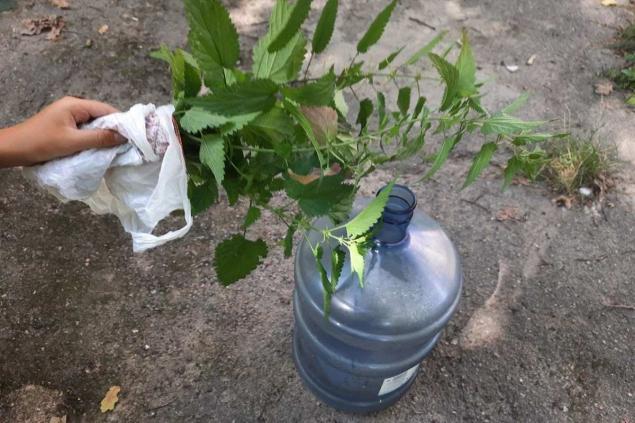
Pick 2-3 nettle stalks. Cut them big with a knife. Push it in the bottle. Add water and shake until completely cleansed.
The use of an indispensable and inexpensive queen of purity allows not only to clean the bottle of greens, but also to further disinfect its surface.

Prepare a 5% soda solution. To do this, stir 250 g of baking soda in 5 liters of warm water. The liquid will need enough to completely cover the dirtiest place – the bottom.

Pour the solution into a bottle and leave it in for 2 hours. During this time, roll a rolling roller shell of 5 chicken eggs. It is not necessary to turn it into a powder, large fragments are enough.
Pour the shell into the eggplant with soda solution and shake until completely cleansed. Then drain the dirty water and rinse the container with clean water.
How often do I wash a container of drinking water? Recall that it is necessary to wash a container with drinking water at least once every 2-3 months. To avoid greenery, use only quality water, do not store the bottle in direct sunlight, do not touch the neck with unwashed hands.
If all these conditions are met, standard 20-liter bottles can last up to 10 years. But the clouding of the plastic and the formation of cracks on it suggests that it is time to send such a vessel to scrap.

To do this is not so easy: the usual brush for bottles at best barely reaches the middle of a 20-liter eggbag. In addition, wash the plaque with one water without mechanical action, of course, does not work.

We will not talk about tricky magnetic devices with AliEpress in this article. And we will focus on the simple methods using the simplest and most available materials in every kitchen. In ancient times, they were used by our ancestors to wash jugs with a narrow throat.
Pour water and beans into a bottle a couple of liters of water. Put half a can of beans inside. It remains to shake the contents of the bottle until its walls are cleared of greenery.

Beans will play the role of abrasive and help remove plaque where it is impossible to reach. Then drain the dirty water and rinse the container with clean water.
Suitable millet or larger peas: who has what is at hand. Similarly, pour a couple of liters of water into the contaminated eggplant.

Pour the cereal through the funnel and stir the contents in circular motions until the plaque is washed away.
Nettle cleaning is one of the oldest, besides free and absolutely environmentally friendly. Finding nettle residents of megacities will be difficult, but for owners of private houses it is likely not difficult. The main thing is to stock up on gloves so as not to burn your hands.

Pick 2-3 nettle stalks. Cut them big with a knife. Push it in the bottle. Add water and shake until completely cleansed.
The use of an indispensable and inexpensive queen of purity allows not only to clean the bottle of greens, but also to further disinfect its surface.

Prepare a 5% soda solution. To do this, stir 250 g of baking soda in 5 liters of warm water. The liquid will need enough to completely cover the dirtiest place – the bottom.

Pour the solution into a bottle and leave it in for 2 hours. During this time, roll a rolling roller shell of 5 chicken eggs. It is not necessary to turn it into a powder, large fragments are enough.
Pour the shell into the eggplant with soda solution and shake until completely cleansed. Then drain the dirty water and rinse the container with clean water.
How often do I wash a container of drinking water? Recall that it is necessary to wash a container with drinking water at least once every 2-3 months. To avoid greenery, use only quality water, do not store the bottle in direct sunlight, do not touch the neck with unwashed hands.
If all these conditions are met, standard 20-liter bottles can last up to 10 years. But the clouding of the plastic and the formation of cracks on it suggests that it is time to send such a vessel to scrap.
It was not so: a rational explanation of Greek myths
Time to leave: a reliable recipe for harvesting apples for the winter





